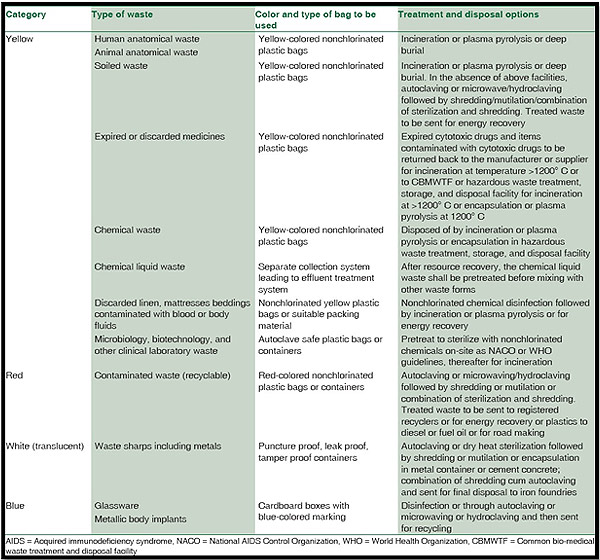Not known Details About Reclaim Waste
Not known Details About Reclaim Waste
Blog Article
The Greatest Guide To Reclaim Waste
Table of ContentsThings about Reclaim WasteThe Best Strategy To Use For Reclaim WasteGet This Report about Reclaim WasteThe 6-Minute Rule for Reclaim WasteReclaim Waste - Questions
Check out the types, events, and forms of liquid waste. Domestic sewage waste describes the waste and products from a property septic system. This type of waste is developed by humans in residences, schools, and various other structures. This only includes septic systems that have a drain area. The appropriate monitoring and disposal of domestic sewage waste require fluid waste to be moved to a sewer therapy plant where the correct techniques and devices are applied to cleanse and dispose of waste.
Business waste usually consists of potential dangers, such as flammable materials or a mix of liquid and solid waste products, and calls for a much more sophisticated and comprehensive disposal procedure. The disposal of commercial waste normally entails the filtration of waste before transport to guarantee risk-free and proper disposal. Hazardous waste is produced from byproducts and drainage of industrial processes and production.
This type of waste can not make use of the exact same sewer monitoring transportation or procedures as septic or commercial liquids. The industrial waste monitoring procedure calls for the inspection and testing of liquid waste before it undergoes the disposal procedure (liquid waste removal melbourne). Runoff waste is the fluid waste that originates from drainage and excess stormwater in extremely populated locations or cities
Overflow waste can trigger contamination and flooding if not dealt with effectively. Ensuring correct waste administration can avoid catastrophes and minimize ecological harm.
What Does Reclaim Waste Do?
Contact PROS Providers today to find out about our waste management and disposal services and the correct ways to take care of the fluid waste you produce.
(http://peterjackson.mee.nu/do_you_ever_have_a_dream#c2256)Do you understand what takes place to your water when you end, purge the toilet or drain pipes the cleaning maker? No? Well, it deserves knowing. This supposed 'wastewater' is not only an important resource but, after therapy, will be launched to our land, waterways or the sea. Utilized water from toilets, showers, baths, kitchen area sinks, laundries and industrial procedures is referred to as wastewater.

water utilized to cool machinery or clean plant and devices). Stormwater, a kind of wastewater, is drainage that flows from farming and urban locations such as roof coverings, parks, yards, roadways, courses and seamless gutters into stormwater drains, after rainfall. Stormwater streams unattended straight to local creeks or rivers, at some point getting to the ocean.
Reclaim Waste Can Be Fun For Everyone
In Queensland, the majority of wastewater is treated at sewage treatment plants. Wastewater is carried from residential or industrial sites via a system of sewage systems and pump stations, recognized as sewage reticulation, to a sewer therapy plant.
The Department of Natural Resources recommends local governments regarding handling, operating and maintaining sewage systems and treatment plants. In unsewered locations, city governments may require homeowners to set up specific or home sewage treatment systems to deal with residential wastewater from commodes, kitchen areas, bathrooms and washings. The Division of Natural Resources authorizes using house systems when they are confirmed to be reliable.
Many stormwater receives no treatment. In some brand-new class, therapy of some stormwater to eliminate clutter, sand and crushed rock has started using gross contaminant traps. Wastewater treatment occurs in 4 phases: Eliminates strong issue. Larger solids, such as plastics and other things mistakenly released to sewers, are removed when wastewater is travelled through displays.
Wastewater after that streams right into huge containers where solids work out and are eliminated as sludge. Oil and residue are skimmed from the surface area. Uses small living organisms referred to as micro-organisms to break down and get rid of remaining liquified wastes and fine particles. Micro-organisms and wastes are incorporated in the sludge. Removes nitrogen and phosphorus nutrients that might trigger algal blooms in our waterways and intimidate marine life.
The Main Principles Of Reclaim Waste
Nutrient elimination is not offered at all sewage treatment plants due to the fact that it requires pricey specialised equipment. Clear liquid effluent generated after therapy might still include disease-causing micro-organisms - liquid waste disposal.

Many wastewater moves into the sewage system. Under the Act, neighborhood federal governments administer authorizations and permits for ecologically pertinent activities (Ages) including wastewater releases that might have a neighborhood effect.
3 Easy Facts About Reclaim Waste Explained
Monitoring provides valid details concerning water top quality and can confirm that permit problems are being satisfied. The info obtained with surveillance supplies the basis for making water high quality decisions.
Report this page